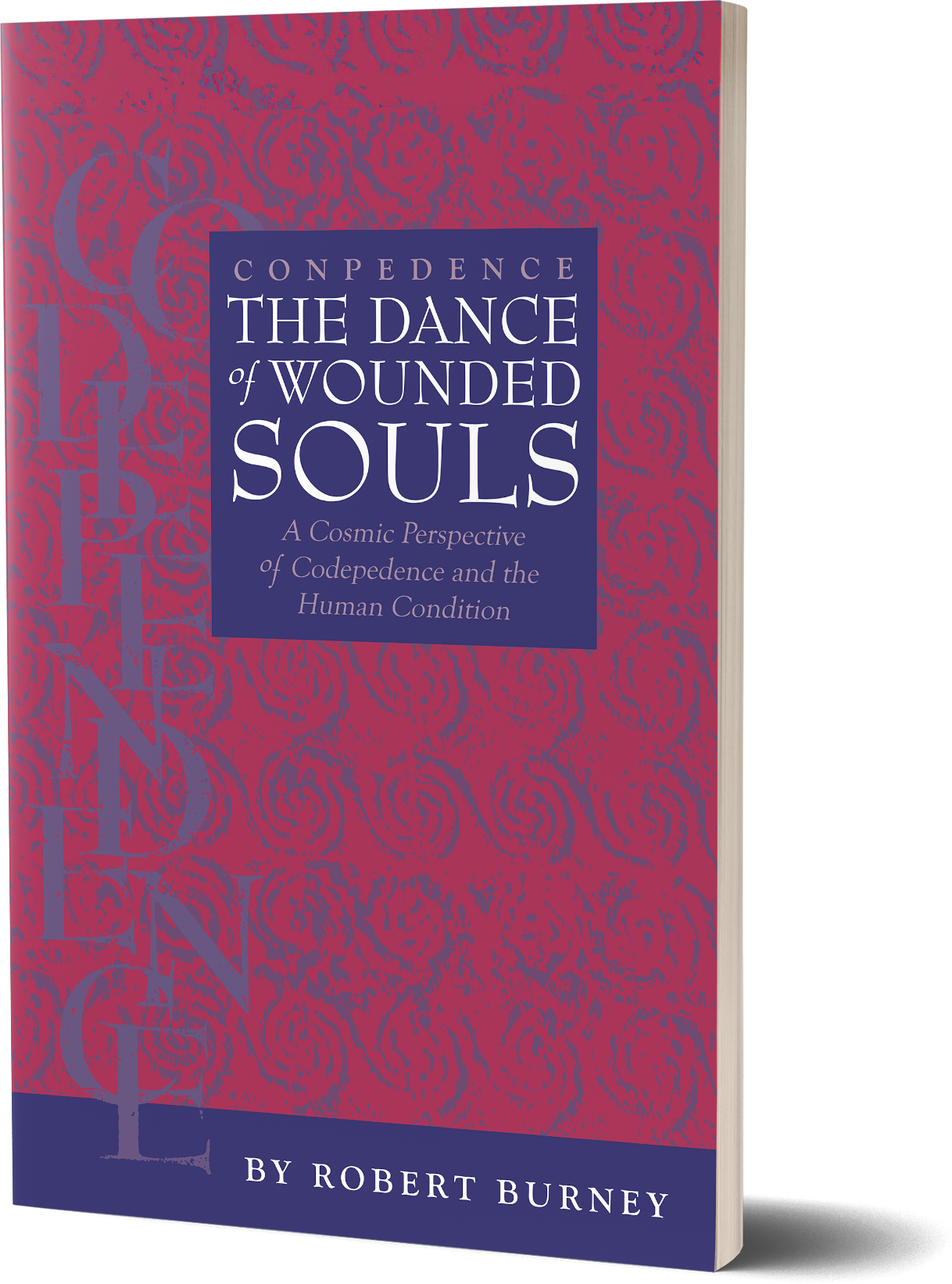Attempts to control are a reaction to fear. It is what we do to try to protect ourselves emotionally. Some of us (classic codependent behavior) tried to control through people pleasing, being a chameleon, wearing a mask, dancing to other people's tunes. Some of us (classic counterdependent behavior) protected ourselves/tried to be in control by pretending that we didn't need other people. Either way we were living life in reaction to our childhood wounds - we were not making clear, conscious choices. (If our choice is to be in an abusive relationship or not to be in a relationship at all, that is not a choice - that is reacting between two extremes that are symptoms of our childhood wounds.)
Both classic codependent and classic counterdependent behaviors are part of the condition/disease of codependency in my definition. They are just two different extremes in the spectrum of behavioral defense systems that the ego adapts in early childhood. The ways in which we got hurt the most in childhood felt to our egos like a threat to survival, and it built up defenses to protect us.
While the classic codependent had their sense of self crushed (it is 'self' destroying to feel that love is conditional on pleasing others, living up to the expectations of others - even if our parents never raised their voices to us) in childhood to the extent that confrontation (owning anger, setting boundaries, taking the chance of hurting someone, etc.) feels life threatening, so the classic counterdependent feels like vulnerability (intimacy, getting close to/being dependent on other people) is life threatening.
Both the classic counterdependent and codependent patterns are reactive codependent traits that are out of balance and dysfunctional. We do need other people - but to allow our self worth to be determined in reaction to other people is giving power away and setting ourselves up to be victims. It is very important to own that we have worth as the unique, special being that each of us is - not dependent on how other people react to us.
This is a very difficult process for those of us who have classic 'codependent' patterns of trying very hard to get other people to like us, of feeling that we are defined by how others think of us and treat us, of being people pleasers and martyrs. Classic codependent behavior involves focusing completely on the other (when a codependent dies someone else's life passes in review.) Having no self except as defined in relationship to the other. This is dishonest and dysfunctional. It sets us up to be victims - and causes one to not only be unable to get one's needs met, but to not even be aware that it is right to have needs.
A classically codependent person, when asked about themselves, will reply by talking about the other. Obviously, before someone with this type of behavioral defense can experience any self-growth, they have to first start opening up to the idea that they have a self. The process of owning self is frustrating and confusing. The concept of having boundaries is foreign and bewildering. It is an ongoing process that takes years. It unfolds in stages. There is always another level of the onion to peel. So, for someone whose primary pattern is classically codependent, the next level of growth will always involve owning self on some deeper level. A very important part of this process is owning the right to be angry about the way other's behavior has impacted our lives - starting in childhood.
Classic counterdependent behavior focuses completely on the self and builds huge walls to keep others out. It is hard for those of us who exhibit classically 'counterdependent' behavior patterns to even consider that we may be codependent. We have lived our lives trying to prove that we don't need others, that we are independent and strong. The counterdependent is the other extreme of the spectrum. If our behavior patterns have been primarily counterdependent it means that we were wounded so badly in childhood that in order to survive we had to convince ourselves that we don't need other people, that it is never safe to get close to other people.
Each of us has our own spectrum of behavioral defenses to protect us from being hurt emotionally. We can be codependent in one relationship and counterdependent in another - or we can swing from co to counter - within the same relationship. Often, someone who is primarily counterdependent will get involved with someone who is even more counterdependent and then will act out the codependent role in that particular relationship - the same can happen with two people with primarily codependent patterns.
Both the classic codependent patterns and the classic counterdependent patterns are behavioral defenses, strategies, designed to protect us from being abandoned. One tries to protect against abandonment by avoiding confrontation and pleasing the other - while the second tries to avoid abandonment by pretending we don't need anyone else. Both are dysfunctional and dishonest.

